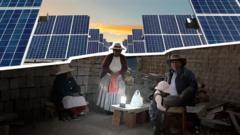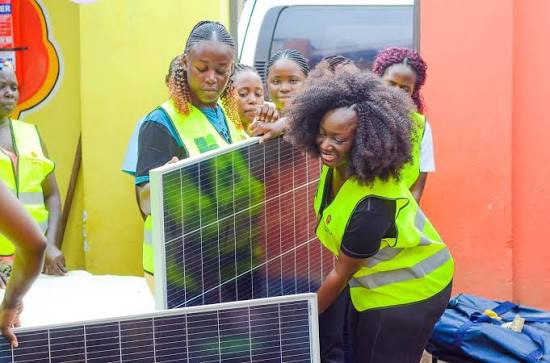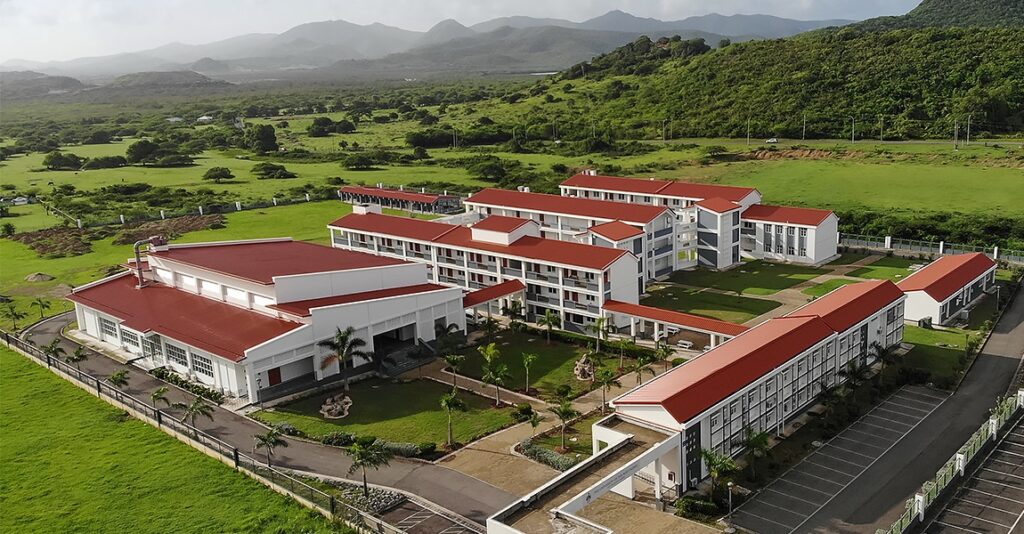In southern Peru, the small settlement of Pampa Clemesí teeters on the edge of irony; it lies mere steps from the Rubí solar plant, the largest of its kind in the country and capable of generating enough power to supply over 350,000 homes. Yet, the 150 residents of this village suffer in total darkness, completely disconnected from the electricity system that the solar panels feed into.
Among the residents is Rosa Chamami, who each morning relies on a makeshift stove fueled by discarded cardboard boxes, once home to 800,000 solar panels. The Rubí and Clemesí solar plants, sprawled across the Moquegua region, showcase an optimistic future for renewable energy with their combined output set to expand exponentially by 2024, yet for Rosa and her neighbors, these advancements in solar technology contrast sharply with their reality of living without power.
Despite Rubí's impressive annual energy output of around 440 GWh, creating a contradiction in the energy landscape, the village remains unconnected to the national grid. While a small number of locals possess donated solar panels from the plant's operator, Orygen, the majority cannot afford the essential batteries and converters to make these solar panels functional.
Carlos Gordillo, an energy expert, expresses concern over the prevailing system in Peru, which prioritizes profitability over accessibility, leaving remote communities like Pampa Clemesí in the shadows. On the other hand, Orygen's executive director in Peru, Marco Fragale, maintains they have completed significant steps toward connecting the village, including the installation of 53 power towers and underground cables. However, as the Ministry of Mines and Energy has yet to initiate essential work to link the new power line to individual homes, the lights are still off.
Without electricity, residents like Rosa face difficulties charging their phones or preserving food, impacting their livelihoods and family connections. A few, including Rubén Pongo, who works at the Rubí plant, have managed to buy batteries for their solar setups, but overall progress remains frustratingly slow.
As Rosa prepares dinner by the faint glow of a solar-powered torch, the community grapples with fundamental struggles. The village is devoid of proper infrastructure, lacking water systems and basic sanitation, leading to an exodus of residents in search of better living conditions.
In an emotional reflection, Pedro Chará, one of the village's elders, sums up the sentiment of their struggle for access to essential services. The hope for a connected future hangs in the balance, underpinned by the relentless sun that shines overhead. “Here, we always have the sun,” says Rosa, clinging to a flicker of optimism amid the darkness.




















